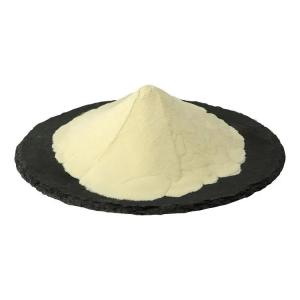News list
News Center
Hot Product
News
Phosphoric acid and nutritional policy frameworks
Time:2025-10-21
Phosphoric acid is a widely utilized additive in the food and beverage industry, often used for flavoring, pH adjustment, and preservation in processed products. Its inclusion in public nutrition discussions has prompted governments and regulatory agencies to establish frameworks to ensure safe and standardized usage in the food supply.
Regulatory Guidelines
National and international agencies, such as the Food and Agriculture Organization (FAO) and the U.S. Food and Drug Administration (FDA), provide guidance on permissible concentrations of phosphoric acid in food products. These guidelines focus on safe handling, labeling, and accurate reporting of its presence in ingredients lists.
Labeling Requirements
Nutritional policy frameworks often emphasize transparent labeling for food additives, including phosphoric acid. Manufacturers are generally required to indicate its presence on packaging, allowing consumers to make informed choices. Policies may also specify standardized nomenclature to avoid confusion across regions.
Monitoring and Compliance
Government agencies monitor food production and processing facilities to ensure compliance with additive regulations. Phosphoric acid levels in products are regularly tested through sampling and laboratory analysis. Non-compliance may result in recalls, fines, or other enforcement actions.
Industry Standards
Industry associations often develop voluntary standards for the use of phosphoric acid, promoting consistency in manufacturing practices. These standards support regulatory compliance and facilitate trade across international markets by aligning ingredient specifications and usage limits.
Environmental Considerations
Policy frameworks increasingly incorporate environmental monitoring of food additives, including phosphoric acid, during production and disposal. Guidelines may address proper waste management and industrial runoff to minimize environmental impact, reflecting broader sustainability goals.
Conclusion
Phosphoric acid is embedded in numerous food production processes, and robust nutritional policy frameworks ensure its regulated and transparent use. Through combined regulatory oversight, industry standards, and monitoring mechanisms, authorities aim to maintain consistent practices across the food sector while addressing safety, labeling, and environmental considerations.
Regulatory Guidelines
National and international agencies, such as the Food and Agriculture Organization (FAO) and the U.S. Food and Drug Administration (FDA), provide guidance on permissible concentrations of phosphoric acid in food products. These guidelines focus on safe handling, labeling, and accurate reporting of its presence in ingredients lists.
Labeling Requirements
Nutritional policy frameworks often emphasize transparent labeling for food additives, including phosphoric acid. Manufacturers are generally required to indicate its presence on packaging, allowing consumers to make informed choices. Policies may also specify standardized nomenclature to avoid confusion across regions.
Monitoring and Compliance
Government agencies monitor food production and processing facilities to ensure compliance with additive regulations. Phosphoric acid levels in products are regularly tested through sampling and laboratory analysis. Non-compliance may result in recalls, fines, or other enforcement actions.
Industry Standards
Industry associations often develop voluntary standards for the use of phosphoric acid, promoting consistency in manufacturing practices. These standards support regulatory compliance and facilitate trade across international markets by aligning ingredient specifications and usage limits.
Environmental Considerations
Policy frameworks increasingly incorporate environmental monitoring of food additives, including phosphoric acid, during production and disposal. Guidelines may address proper waste management and industrial runoff to minimize environmental impact, reflecting broader sustainability goals.
Conclusion
Phosphoric acid is embedded in numerous food production processes, and robust nutritional policy frameworks ensure its regulated and transparent use. Through combined regulatory oversight, industry standards, and monitoring mechanisms, authorities aim to maintain consistent practices across the food sector while addressing safety, labeling, and environmental considerations.


 CN
CN





